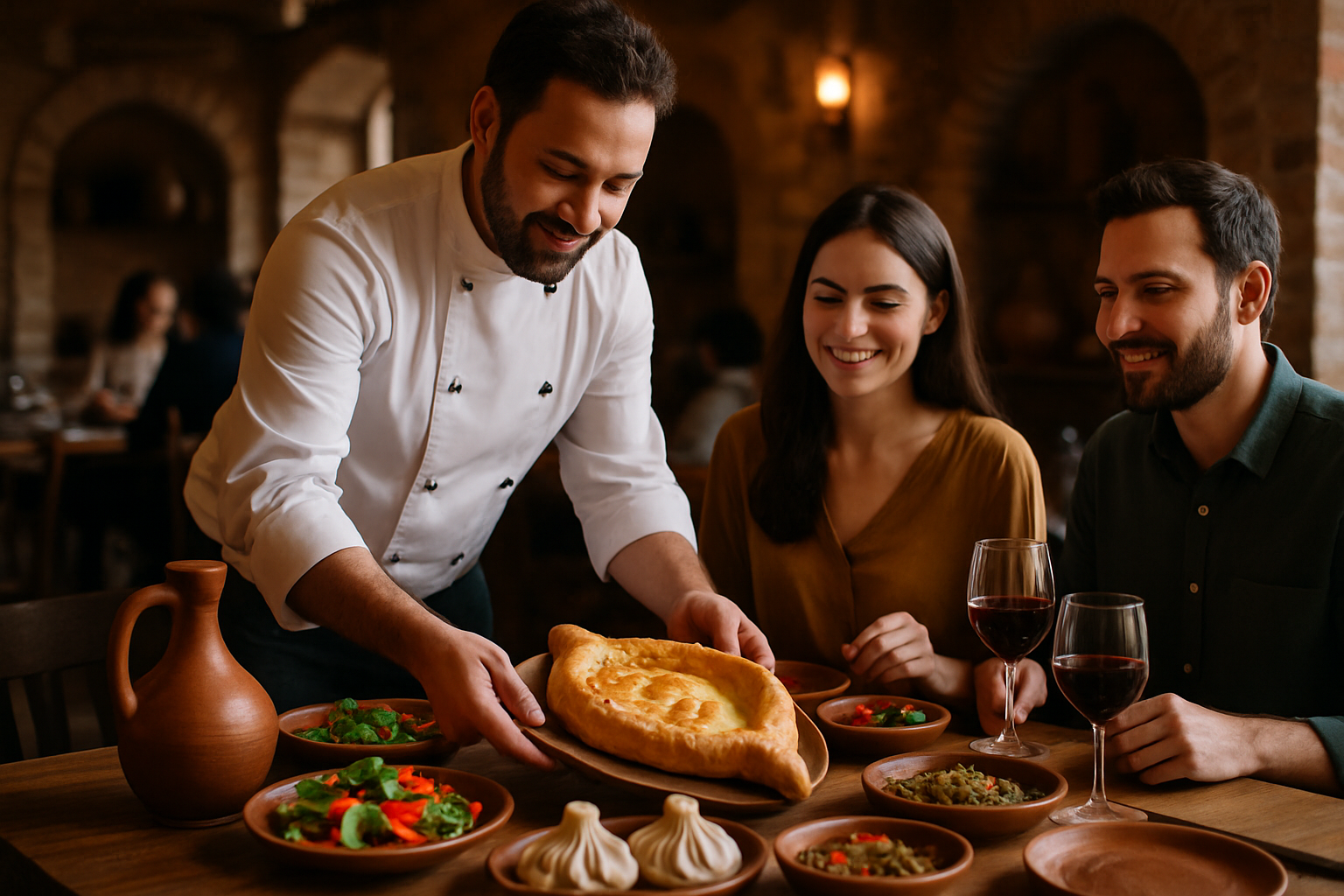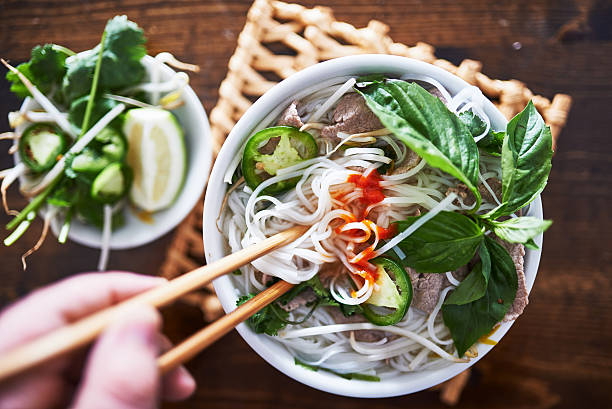Exploring the World Through Culinary Time Travel
The concept of culinary time travel is revolutionizing the way adventurers experience destinations. This immersive approach to travel combines history, gastronomy, and cultural exploration, allowing travelers to step back in time through authentic, era-specific dining experiences. By delving into the flavors of the past, visitors gain a deeper understanding of a location's heritage, social dynamics, and culinary evolution, creating memories that transcend typical tourism.

Authenticity and Research
The success of culinary time travel hinges on meticulous research and attention to detail. Historians, chefs, and cultural experts collaborate to recreate accurate representations of past dining experiences. This process involves studying historical cookbooks, agricultural records, and social customs to ensure authenticity. Ingredients are carefully sourced, often from heritage farms or specialty suppliers, to match the flavors and textures of the time period being explored.
Immersive Dining Environments
Culinary time travel goes beyond just the food on the plate. The entire dining environment is crafted to transport guests to a different era. This may include period-appropriate decor, tableware, and even staff in historical costumes. Some experiences incorporate theatrical elements, such as actors portraying historical figures or recreations of significant events, further enhancing the immersive nature of the experience.
Educational Value
These time-traveling culinary adventures serve as living history lessons, offering insights into the social, economic, and cultural aspects of different periods. Diners learn about food preservation techniques, the impact of trade routes on cuisine, and how major historical events influenced eating habits. This educational component adds depth to the travel experience, fostering a greater appreciation for the destination’s heritage.
Global Culinary Time Travel Destinations
Culinary time travel experiences are emerging worldwide, each offering unique glimpses into local history. In Rome, visitors can partake in a feast reminiscent of ancient Roman banquets, complete with reclining dining couches and dishes based on recipes from historical texts. Japan offers Edo-period dining experiences, where guests can savor traditional meals while dressed in kimonos. In Colonial Williamsburg, USA, travelers can dine on 18th-century fare in taverns that once hosted revolutionary leaders.
Fascinating Facts about Culinary Time Travel:
• The oldest known recipe book dates back to 1700 BC from ancient Mesopotamia
• In medieval Europe, peacocks were often served at banquets with their feathers reattached for dramatic presentation
• During the Victorian era, gelatin molds were a symbol of wealth due to the labor-intensive process of making gelatin
• The spice trade was so valuable in the 15th century that nutmeg was worth more than its weight in gold
• Ancient Egyptians used beer as a form of currency and payment for workers building the pyramids
Impact on Local Communities
Culinary time travel experiences often benefit local communities by preserving traditional cooking methods and supporting small-scale farmers who grow heritage crops. These initiatives can help revitalize interest in forgotten culinary traditions and provide economic opportunities for local artisans and food producers. Additionally, they encourage sustainable tourism practices by focusing on cultural heritage rather than mass-market attractions.
As travelers increasingly seek authentic and meaningful experiences, culinary time travel offers a captivating way to connect with the past while exploring new destinations. By engaging all the senses and providing a tangible link to history, these immersive dining adventures are redefining cultural tourism and offering a fresh perspective on the world’s culinary heritage.





